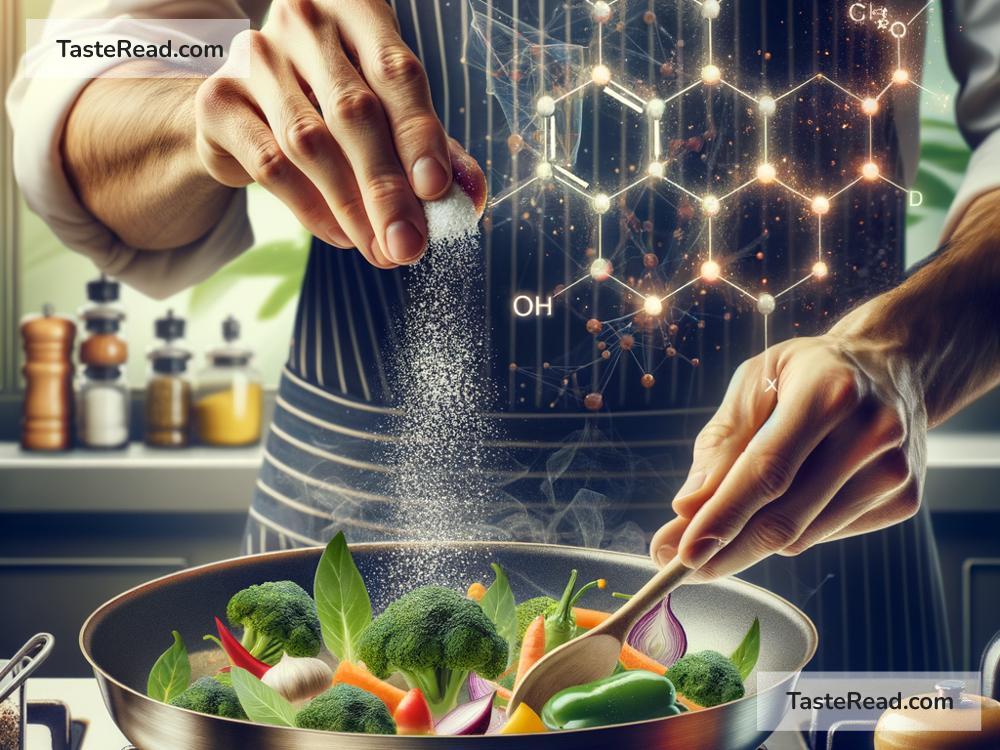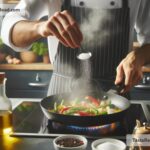The Science of Cooking with Chemical Inspiration: Techniques and Tips
Have you ever wondered why bread rises, onions make you cry, or meat browns? Cooking might seem like magic, but at its core, it’s science at work! Each time you cook, you’re performing chemical experiments using heat, ingredients, and reactions. Understanding the science behind cooking can make your dishes tastier, and frankly, it’s fascinating! Let’s explore how chemistry shapes what happens in the kitchen and share some useful techniques and tips to bring chemical inspiration to your cooking.
Cooking Is Chemistry
Chemistry is all about molecules and reactions, and when we cook, we’re changing the structure of food through chemical processes. From boiling water to baking a cake, cooking transforms raw ingredients into something edible and delicious. Below are some basic chemical principles that happen in everyday cooking:
-
Heat Creates Change
Heat plays a vital role in cooking. It breaks down certain molecules, makes food safe to eat, and enhances flavors. For example, when you cook an egg, heat changes the protein structure, turning a clear liquid into a soft, white solid. This process, called denaturation, is a chemical reaction caused by heat. -
Acids and Bases in Cooking
Acids and bases influence flavors and textures. Lemon juice, vinegar, yogurt, and buttermilk are acidic, which helps tenderize meat or activate baking soda in recipes. Baking soda, on the other hand, is a base. When it reacts with an acid in your batter, it releases gas bubbles, making cakes and muffins light and fluffy. -
Maillard Reaction
Ever wondered why grilled meat tastes so good or why toast smells heavenly? That’s thanks to the Maillard reaction, where heat triggers sugars and proteins to interact, creating browning and complex flavors. It’s the science behind caramelized onions, roasted coffee, and golden crusts in baking.
Chemistry in Common Ingredients
Now that we know cooking is chemistry, let’s look at the science behind some key ingredients:
-
Eggs
Eggs are kitchen superstars. They can thicken sauces, bind ingredients together, add moisture, or fluff up baked goods. When beaten, eggs trap air bubbles, allowing cakes and soufflés to rise. Adding acid (like cream of tartar) to egg whites strengthens their structure, making your meringue more stable. -
Sugar
Sugar doesn’t just make things sweet; it has chemical roles too. In baking, sugar helps retain moisture, tenderizes cake by slowing gluten formation, and creates caramelized flavors when heated. -
Salt
Salt isn’t just for seasoning! Chemically, it can enhance sweetness, reduce bitterness, and act as a preservative. In baking, salt controls yeast activity by slowing it down, ensuring dough rises more evenly. -
Fats
Butter, oil, and other fats play many roles in cooking. They add richness, carry flavors, and create flaky textures (like in pie crusts). Fat molecules also help emulsify liquids, such as in salad dressings or mayonnaise, where oil and water combine into a smooth mixture.
Techniques with Chemical Inspiration
Let’s put some of this science to good use! Here are techniques inspired by chemistry that can elevate your cooking:
-
Sear Meat for Maximum Flavor
Use high heat to sear meat and trigger the Maillard reaction. This browning process locks in juices and adds depth to your dish’s flavor. Make sure your pan is hot and avoid overcrowding. For even better results, pat the meat dry first—extra moisture can slow the reaction. -
Master the Art of Emulsification
Ever tried making homemade salad dressing only for the oil and vinegar to separate? You’re dealing with an emulsification challenge! Combine oil and vinegar with an emulsifier like mustard or egg yolk. Whisking or blending vigorously creates a stable mixture that doesn’t separate. -
Bake Fluffy Cakes with Science
For a perfectly fluffy cake, make sure you understand leavening agents. Baking soda needs acid (like lemon juice) to release bubbles of carbon dioxide. Baking powder already has acid built in, so it doesn’t need a partner. Also, don’t overmix the batter; it can break the bubbles, leaving you with a dense cake. -
Control Texture with Acidity
When cooking vegetables, acid can make them firmer. Add lemon juice or vinegar to retain crispness in cooked veggies like peppers or carrots. Conversely, to soften ingredients like beans, use a pinch of baking soda while boiling—it reduces their cooking time by breaking down tough cell walls. -
Caramelize with Sugar
To create caramelized flavors, sprinkle sugar on fruits or vegetables and cook at medium heat. Watching sugar transform from white crystals into a golden syrupy glaze is pure chemistry in action.
Tips for Science-Savvy Cooking
- Experiment with Temperatures: Cooking at different temperatures can yield unique textures and flavors. For instance, slow-cooking develops rich, tender meat, while high heat gives crispy skin.
- Read Labels: Some ingredients, like baking powder or yeast, rely on chemical properties. Follow instructions carefully for best results.
- Taste Continuously: Chemical reactions change flavors over time. Season as you go to balance acidity, sweetness, and saltiness.
- Make Use of pH: Understanding acidity and alkalinity can help you adjust recipes. For example, if your tomato sauce tastes too sharp (acidic), you can add sugar or baking soda to offset it.
The Final Word
Cooking is so much more than throwing ingredients together; it’s a science experiment you can eat! When you understand the chemistry of cooking, you can make smarter choices, troubleshoot recipes, and even invent new creations. The next time you’re in the kitchen, take a moment to appreciate the amazing chemical reactions happening right under your nose. Embrace the science of cooking, and transform your meals into masterpieces!


